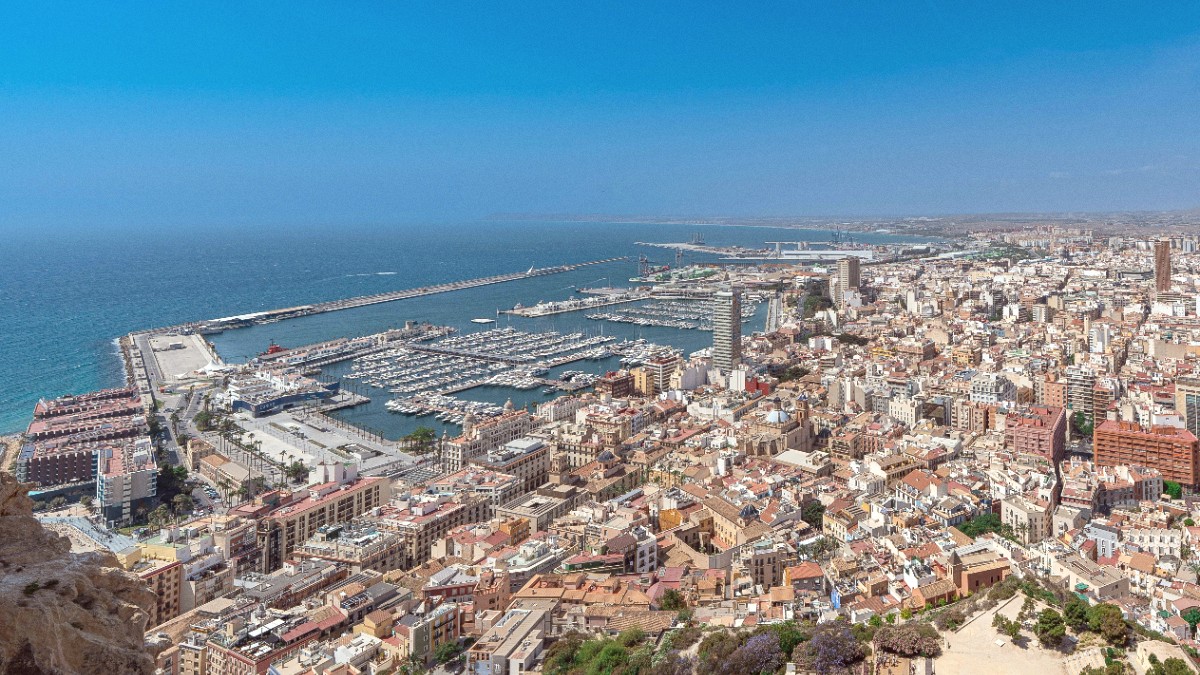
Valencia And Murcia, Spain
The region's agricultural and fishing heritage defines its core flavors. Moorish influence remains evident in the widespread use of rice, citrus fruits, and certain spices. This historical blend creates an unique gastronomic profile.
Local cuisine emphasizes fresh, local ingredients, notably rice, seafood, vegetables, and olive oil. Saffron and paprika contribute coloring and warmth.
Lunch (almuerzo) is the main meal (2:00 PM - 4:00 PM). Dinner (cena) happens late (9:00 PM - 11:00 PM or later). Many restaurants do not open for dinner until 8:00 PM or 8:30 PM.
Tapas, small plates for sharing, suit social dining. Sharing larger dishes is also common to experience more variety. Bread often accompanies meals, sometimes with a separate charge.
The "Menu of the Day" delivers a fixed-price, multi-course lunch menu. It includes a drink and offers excellent value, representing a good way to try local cuisine economically.
This original paella from Valencia traditionally features chicken, rabbit, green beans, and saffron. Seafood paella remains popular, but the authentic version uses land-based ingredients.
The quintessential dish of Valencia, not to be missed.
Arroz a Banda is a seafood rice dish cooked in rich fish broth. Fideuà is similar, but uses short, thin noodles instead of rice, typically with seafood.
Two flavorful variations of the regional rice tradition.
Esgarraet is a refreshing salad combining roasted red peppers, salted cod, garlic, and olive oil. Coca refers to savory flatbreads with various toppings, resembling pizza with a thinner base.
Simple yet distinctive local starters and snacks.
A type of nougat, famously from Jijona and Alicante. Traditionally a Christmas treat, it appears available year-round.
Delicious sweet potato pastries and a comforting, creamy rice pudding.
The region claims numerous Michelin-starred restaurants and highly-rated establishments. Dénia, home to Quique Dacosta Restaurante (three Michelin stars), and Alicante and Jávea feature elevated culinary experiences.
Mid-range restaurants across Costa Blanca present traditional Spanish, Valencian, and international cuisine, delivering a comfortable dining experience. Something for every craving awaits.
The Costa Blanca features a wide array of international restaurants, including British, German, Italian, Chinese, and Indian cuisines, due to its diverse population.
Vegetarian and vegan options appear increasingly available, notably in larger cities. Many traditional Spanish vegetable dishes are naturally vegetarian. Specify "sin carne" or "sin pescado" when ordering.
HappyCow and similar apps prove useful for locating suitable restaurants.
Knowledge of gluten-free ("sin gluten") and other allergens grows. Carrying a Translation card helps. "Soy celiaco/a" is widely understood. Direct communication with staff remains optimal.
Dedicated Halal or Kosher restaurants appear limited; plan accordingly.
Join classes focusing on paella, tapas, or regional cuisine, learning local techniques.
Explore local markets and eateries, sampling a variety of dishes with expert guidance.
Visit vineyards, olive groves, or citrus farms in inland areas for tastings directly from the source.
Attend seasonal events celebrating local produce, like seafood or rice festivals.
Paella, a rice dish, represents a culinary hallmark of the Valencian Community.
Authentic paella uses chicken and rabbit; seafood variations are common along the coast.
The dish features saffron for color and a distinctive flavor, often prepared in a wide, shallow pan.
Enjoyed traditionally as a lunch meal, it remains a social dining experience.
Beyond simply eating, the Costa Blanca presents opportunities to immerse yourself in its culinary world through cooking classes and food tours.
Look for restaurants displaying "Menu del Día" for lunch. This delivers a good way to try local dishes at a fixed, often lower, price.
This photo captures a seafood paella, a popular variant of the traditional Valencian dish.
Paella is deeply rooted in Valencian culinary traditions, emphasizing fresh, local ingredients.
Discover seasonal delights like Monas de Pascua at Easter or Buñuelos during fall festivals.
Options appear increasingly available, especially in larger cities and cosmopolitan towns. Clearly state your dietary needs.
Many traditional vegetable dishes are naturally vegetarian.
Knowledge of gluten-free and other allergens grows. A translation card helps for clear communication.
Direct communication with restaurant staff ensures your needs are met.
Casual beach bars and restaurants offering fresh seafood and drinks right on the sand, presenting a relaxed dining experience.
Opportunities to visit local vineyards, olive groves, or citrus farms for tastings directly from the source.
Seasonal food festivals, rice festivals, or grape harvests celebrate local produce and culinary traditions.
Be aware of late Spanish meal times. Many restaurants close between lunch and dinner, so plan your schedule accordingly.